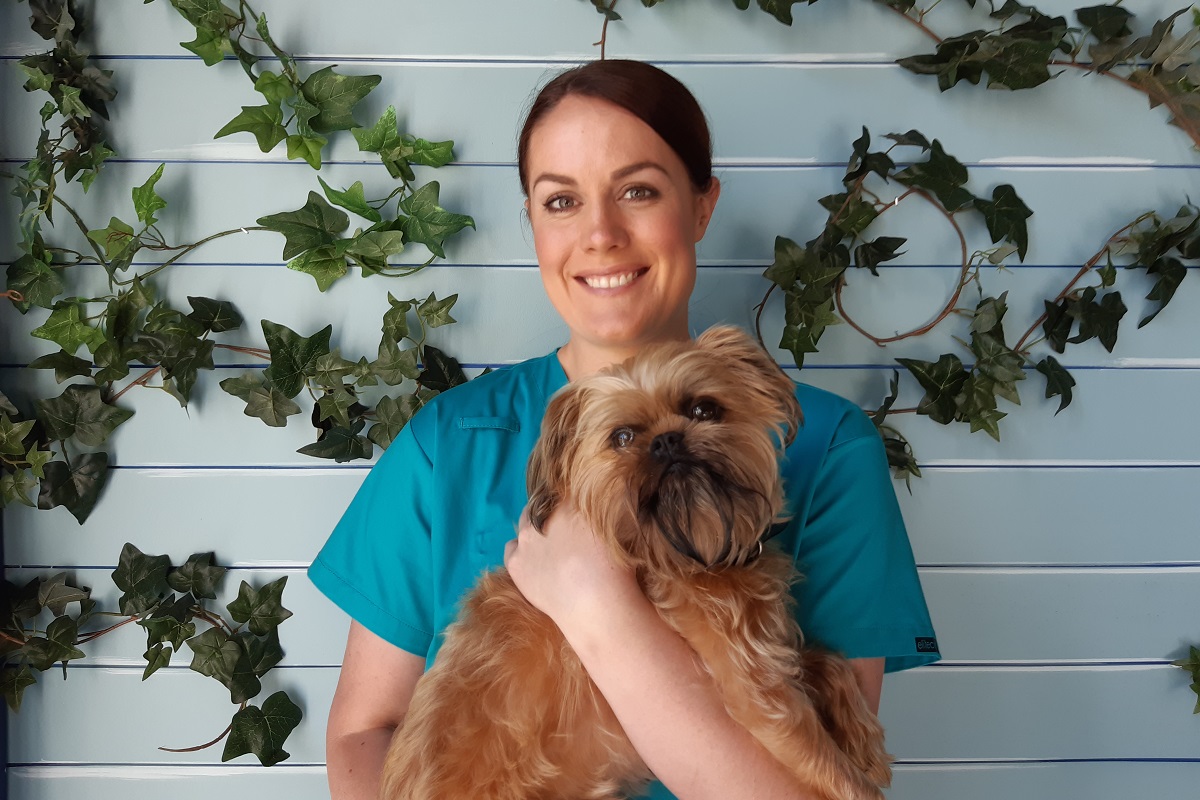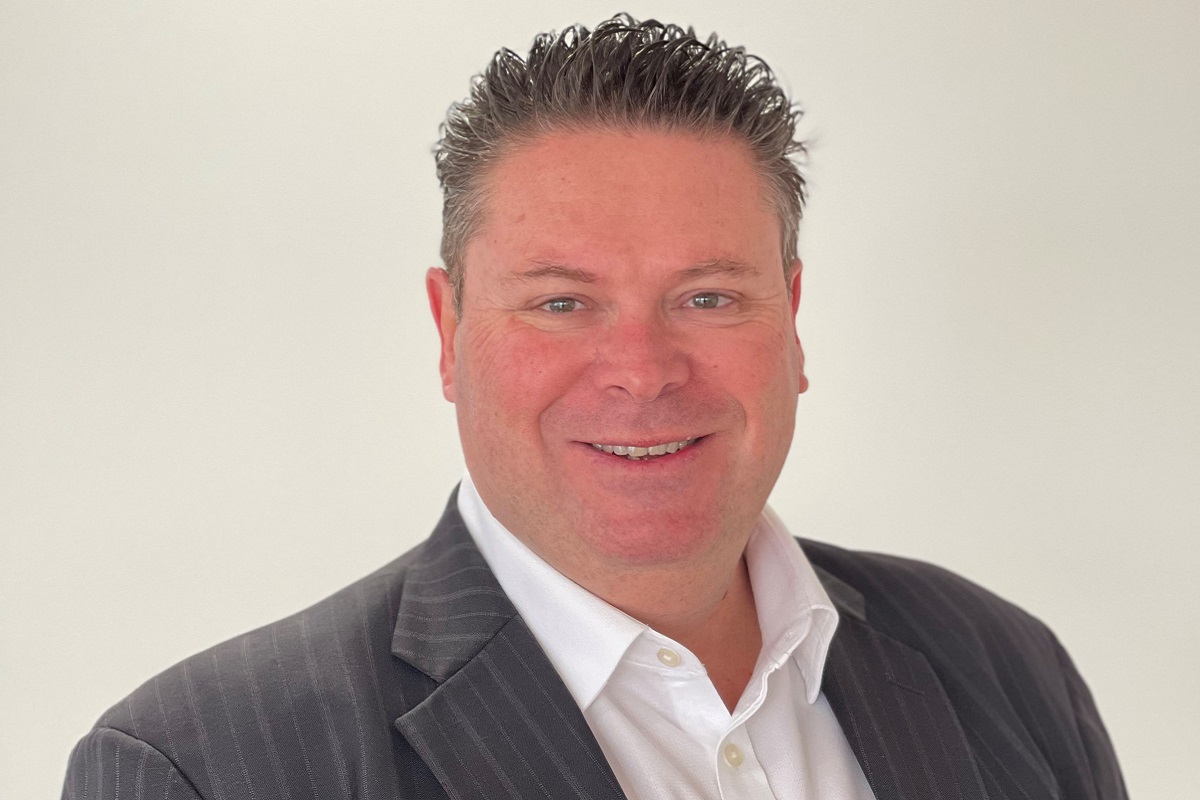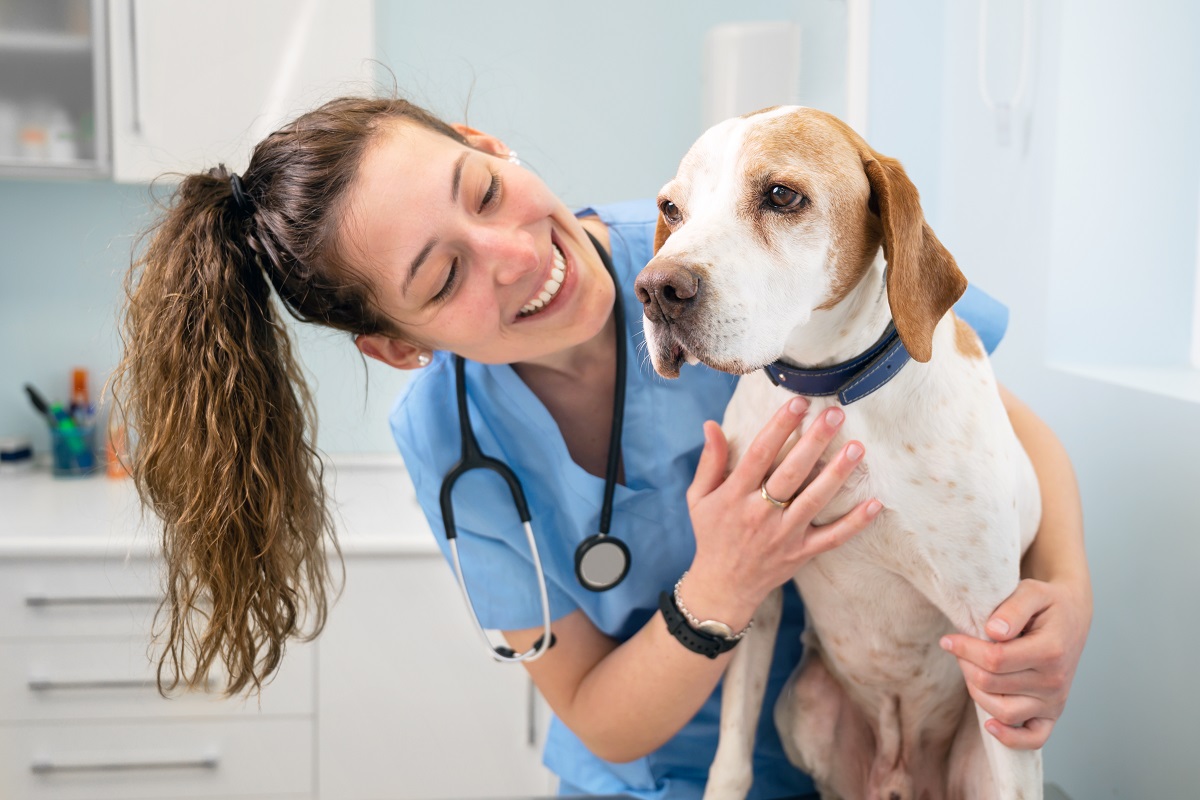This article was written by Caroline Zambrano for the Aug/Sep/Oct issue of Pet Industry News.
Gone are the days where resumes and applications would flood veterinary job openings. Like many veterinary clinics, Dr Lindsay Hay’s 37-year-old practice in Sydney has grown significantly through Covid and could easily employ another full-time vet, but that’s proving to be a problem.
“There are about 100 vacancies in Sydney alone and I have had an advert out there for four months with no bites yet,” said Dr Hay, who owns Baulkham Hills Veterinary Hospital.
The reason is there’s a veterinary shortage and mental health crisis and it’s putting added pressure on those left working in the industry where suicide rates are already high. Some studies show the incidence of suicide among veterinarians may be up to four times higher than the general population.
The veterinary shortage and mental health crisis have been going on for a long time and it is a global problem, not a result of the pandemic, although very much exacerbated by Covid, said Dr Hay.
In his 48th year as a vet, Dr Hay said veterinary suicide has been a challenge for 20 years, referring to his 2008 lecture notes to vet students on how to avoid veterinary burnout and find a work/life balance.
“A vet job is a hard one,” he said. “It’s a combination of issues including making hard decisions about life and death about animals, feeling like they don’t have enough support from the workplace, pressure from pet owners and not earning a lot of money.”
What makes matters worse, pet ownership is at an all-time high, fuelled by the global pandemic. In fact, 69 per cent of Aussie households now own a companion animal, up from 61 per cent in 2019, according to the Pets and the Pandemic report by Animal Medicines Australia.

Australian Veterinary Association (AVA) President Dr Bronwyn Orr said, “We have more pets than ever and higher than ever care requirements and client expectations for their pets. People are also investing a lot more in their pets’ health (with better care and nutrition), so we are seeing animals living longer.”
Corey Vella, Country Manager at Independent Vets of Australia (IVA), an independently owned buying and management group of independent veterinary practices, said the pandemic has fuelled a 30 per cent increase in clients and 50 per cent rise in workflow.
To put things into perspective – there are 13,993 registered veterinarians in the country, including part-time and government vets, according to the AVA. With 30.4 million pets (all species of companion animals), that equates to one vet to every 2,172 pets.
Dr Orr also works as an emergency veterinarian in Canberra and said the ratio during evenings/overnight is one vet to 40,000 pets – this doesn’t even include horses, farm animals and wildlife. Let that sink in for a moment.
She further explained that experienced vets are leaving the industry because the challenges are exceeding the rewards. Examples of this include the pressure clients put on them to care for their pet with unrealistic expectations and complaints of high costs.
Vet clinics across the country, particularly in regional areas, are having to close their doors after decades of serving their community.
“This means pet owners are facing one to two hours’ drive in an emergency and that can make a big difference, let alone the risk to Australia’s biosecurity when vets are not embedded in regional communities,” Dr Orr said.
Vella sees the pandemic as a ‘silver lining’, bringing the veterinary industry to a position where we must look at things with different lenses.
“Rightly or wrongly on how we got here, we need to change our approach in many levels,” he said. “We need to make more services and support systems are available for vets to access. Unfortunately, while there are some services out there for vets, they are not utilised by those who need it.”
Psychologist to the veterinary industry, Dr Nadine Hamilton founded Love Your Pet Love Your Vet charity, aimed at increasing wellbeing in the veterinary industry. She did her PhD research into why poor mental health and suicide were prominent in the field and this year authored the Australian pet owner and veterinarian relationship research report funded by Royal Canin.
In a press release by the Australian Association of Psychologists (AAPi) supporting AVA’s call for veterinary health funding, Dr Hamilton said many vets feel ashamed about asking for help and often don’t want to see their doctor in the beginning to get a referral for a psychologist.
“If they could self-refer, it would streamline the process,” she said. “Vet nursing staff are also under pressure and often need counselling but for them it is often a budgetary issue that stops them from going.”
Raising the Medicare rebate for all psychologists to $150 could help those who needed mental healthcare to afford it, added AAPi Executive Director Tegan Carrison.
Vet graduates key to addressing vet shortage
Dr Mark Lawrie, former CEO of the University Veterinary Teaching Hospital Sydney (2017-2022), explained that attracting and engaging students and new graduates, as well as developing and sustaining their future careers are of critical importance in addressing the shortage of vets.
He said the number of students wishing to pursue a career in veterinary science has not declined.
“Over the last decade there’s been a doubling of student applications to vet schools, in part because of the increased number of places. On the other hand, we are seeing a loss of graduated vets from the profession due to wellbeing and financial factors and a perceived fear of failure,” he said.
“There are about 800 vet graduates per year in Australasia. Covid has caused some reduction because some couldn’t get back from overseas and had to drop semesters. There will be a small reduction of graduates for a few years that will put further pressure on vet staff shortages.”
Unfortunately, university veterinary teaching hospitals are also struggling with staff shortages. Dr Lawrie expressed the need for vocationally guided training options.
“Disseminated models (eg. University of Nottingham) that outsource vet student training to non-university hospitals have to be considered, as does further involvement of corporate models. Time will tell how successful these are, but there is a sense that the traditional clinical training formats will struggle to survive,” he said.
“One aspect of veterinary clinical training that has played a prominent role is the part-time work that students do as staff at veterinary clinics and hospitals as they progress through the course. This should be looked at as a strategic opportunity.”
In the meantime, Dr Lawrie urged the veterinary industry to take a more positive approach in raising awareness of mental health and wellbeing of vets.
He said there are great resources flowing through from the AVA and various parts of the profession, plus a lot of focus at conferences about wellness and more broadly about coping with the modern vet world.
“Making the message too negative can have a flow on negative effect on students,” said Dr Lawrie. “Feedback from some students shows they hear enough of bad things and want to hear the positives about working as a vet, and how they can add value and be appreciative of the career they have.”
Furthermore, “having different careers across the vet industry is just a part of vet life, and in the modern world it’s more likely to happen. We should rejoice in that and not get too concerned about the loss of vets from one sector to another,” he added.
Self-advocacy important
Dr Emma Davis of VeterinaryCareers.com.au works with veterinarians and businesses to increase profitability and keep mental health and wellbeing at the forefront. She shared her negative experience entering the veterinary workforce in 2001 saying she had “little support from my employers during the first few years of clinical practice. I feel now that I could have advocated for myself better at the time”.
Now, Dr Davis coaches people on how to advocate for themselves, prioritise looking after themselves and negotiate within their workplace.
“Many new graduates are intimidated by the profession and feel like an outsider as they start their career,” she said. “We set unrealistic expectations – often promoted in vet schools – and then push ourselves excruciatingly hard in the first five years because we feel we are playing catch-up to make our mark and fit into the profession.”
New graduates become like a “unicorn vet”, not knowing how to say no to anything their boss asks them to do, and sometimes working day and night with little sleep, she said.
“Working harder, taking those extra nights on call, it was like a rite of passage. It’s very competitive and not sustainable,” she added.
Understanding how difficult and intense it is to run a veterinary business, Dr Davis said some employers see all the hard work they put into their career and apply that expectation to young vets. But it doesn’t have to be that way.
“The future of vet business is to have a flexible workplace with vets working three to four days a week and on their area of interest, as currently reflected in physiotherapy and the medical professions,” she said.
In the AVA’s 2021 workforce survey of data on the current profile of the veterinary profession and anticipated future trends and challenges, 67.7 per cent of respondents said they believed in five years’ time there will be ‘more part time positions’ and 32.87 per cent said they anticipated ‘more remote working/flexible hours/home-based roles’.
“With the increased demand for veterinary services, there is an opportunity to create different business models to meet that need as opposed to the traditional practice model,” said Dr Davis.
There is also a continuing global rise in locum veterinarians where people are choosing where they work. It’s about keeping the control and managing work/life balance, working three days at one practice and a few days at another, she added.
“Workplaces in Australia have not yet fully adapted to how they use their ‘people resource’. Businesses need to step into rostering and focus on their team members’ strengths and what they can offer; for example, breaking that unicorn role into parts – say ‘a consulting school hours vet, a surgical vet, an evening shift vet’, and letting several people fill the roles. This will help build sustainable relationships,” explained Dr Davis.
“Vets need to learn to have advocacy conversations and put what they need forward to have long term relationships with businesses. By meeting in the middle and working together to find new ways of interacting, we can then also attract retired vets.”
Dr Davis’ advice for new graduates is to work in a practice with a proper internal support system, where they can shadow more experienced vets and be given a gradual increase in responsibility.
“A veterinary career is effectively a professional running their own business,” she explained. “They say businesses can’t outgrow the owner, so I coach people on how to grow themselves in order to grow their business and take responsibility for their happiness. Whether a vet chooses to work somewhere or run their own shop, they need to know how to use their time, change the way they do things, advocate for themselves, and have good boundaries.”
Where’s the work/life balance?
Vella said one of the biggest issues IVA member practices have reported is simply not having time.
“The answer lies in driving efficiency in the workplace,” he said. “You can still give excellent quality service but do it in a shorter space of time so you can spread yourself across. Vets need to continually upskill and better delegate to leverage their time.”
Vets can also use technology to communicate with clients more efficiently and effectively and facilitate the smooth running of practice operations.
“Technology is changing dramatically, and more opportunities are now available to vet practices,” said Vella. “Vets need to find automation that drive efficiency by default; for instance, using APPs for bookings. It’s not one thing that fixes everything but will be a multitude to give you great support in business and ultimately give you time back.”

The vet industry is also gaining momentum in upskilling nurses and giving them extended roles, although many practices have not utilised this, explained Vella. Benefits of upskilling nurses include increased business profitability and client bonding to clinic, higher staff satisfaction and retention and of course, increased time availability of veterinarians.
Industry partnerships also greatly benefit veterinarians. For instance, “out of all the webinars IVA offers, the partner-sponsored mental health webinars and training and support sessions have the highest registrations by far of any other topic they’ve ever run, and it’s constantly the same,” said Vella.
“A lot of practices are on the work treadmill. Vets don’t have time or are too apprehensive to get help when it’s available to them. They need to be encouraged to ask for help before the situation gets to a point where it’s difficult to recover.”
While not immune from staff problems, Dr Hay’s practice is in the very unusual position of not losing any team members in the past few years. With currently 15 staff, including six vets, the clinic is open every day seeing companion animals including exotics and wildlife.
“Our staff is stable, and the vets have been here by and large for decades. Our nurses similarly tend to stay for years as well, and we haven’t had to deal with burnout and mental health issues as a significant problem,” he said.
Dr Hall’s observation has been that practices that chose to separate into smaller teams in 2020 put the vets and particularly nurses at great risk of overwork/burnout.
“We chose not to do that as I felt the risks were too great and I think that helped a lot,” he said. “We also didn’t lock clients out of the practice to conduct ‘curbside’ consults or send nurses out for the same reason.”
Lucky, they had no Covid in the practice either.
“While it isn’t all about money, I have raised pay rates to reflect how hard everyone is working. We also have to check in with everyone and make sure they are ok and still have their breaks. We have to say, ‘thank you’ both literally and by actions, such as treats and favours and the like.”
During Covid restrictions, two nurses built a market garden at the practice as a productive and enjoyable activity out of the home.
“We try to lead by example and encourage healthy lifestyle choices and also have fun,” said Dr Hay.
Veterinary wellness initiative to support vets and staff
The AVA’s workforce survey and Veterinary Wellness Strategy Report have led to the recent launch of THRIVE, a veterinary wellness initiative that aims to support vets and their staff to lead satisfying, sustainable and healthy careers.
THRIVE’s initial planned activities include among other plans a formation of a Wellness Steering Committee with a call for volunteers in August and a Wellness Round Table with key stakeholders planned for October 2022 to help inform next steps.
“The AVA is very much aware that there is no ‘magic bullet’ to solving the multifactorial issues of poor mental health within the profession. It will take time, effort, and money,” said Dr Orr.
“We do think there’s been an undervaluing of the vet profession by the government. Vets manage biosecurity of the livestock industry, making sure the food we eat is safe, including the animals raised for the food is kept disease free.”
Dr Orr referred to the UK government’s 2022 launch of its Animal Health and Welfare Pathway to support farm animal health and welfare, paying for a vet to visit every commercial farm in the country once a year.
“For every farmer, that means their biosecurity plans are in place,” she said.
Veterinarians are not just the backbone of the pet health economy. They also play a crucial role in wildlife rehabilitation and conservation, not to mention responding to animal emergencies like in the deadly bushfires and floods. Exotic diseases are also picked up by veterinarians and we know how crucial this is to the global human health and economy.
Also, emergency animal diseases are a significant threat to animal industries and vets are key to Australia’s surveillance capacity, said Dr Orr. The risks will continue to increase as climate change impacts distribution of a variety of diseases.
The AVA is calling on the Australian Government to invest $3 million over five years to help the association progress mental health initiatives that will improve the sustainability of the profession.
“We want to make sure vets are in the right place at the right time. For local communities to have access to a vet when they need them,” said Dr Orr.
Also disappointed by the Government’s disregard of the veterinary profession, Dr Hamilton said in the AAPi press release that she made a number of submissions for grant funding for vet mental health, but all had been rejected, including a pre-budget submission by AAPi last year.
“I feel the government is not seeing the desperate need in this profession. The funding we applied for would have gone towards counselling, wellbeing workshops and educational resources,” she said.
As more people welcome pets into their family and rely on them for companionship and comfort, we need to provide our veterinarians much needed support and services to ensure they stay in the profession they love. It’s only through our collective efforts that we can create a paradigm shift for the veterinary profession.
To stay up to date on the latest industry headlines, sign up to the Pet Industry News e-newsletter.

